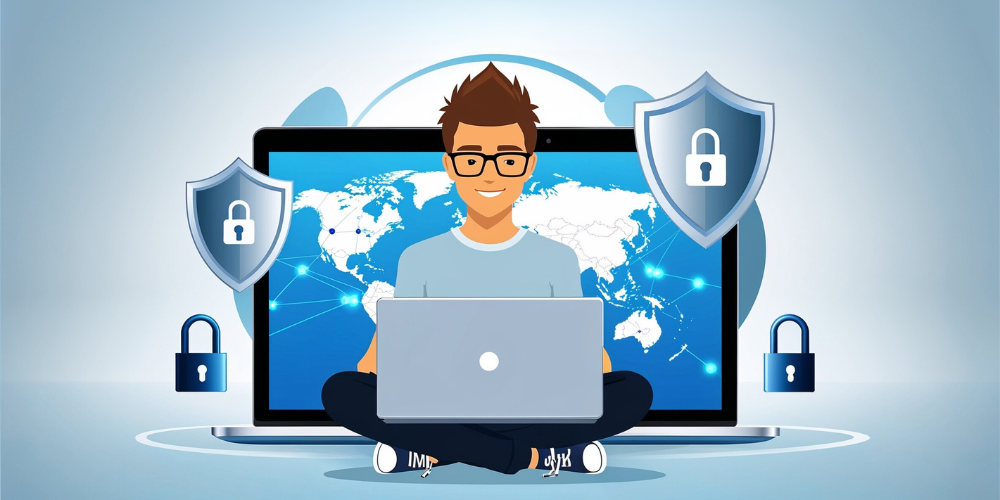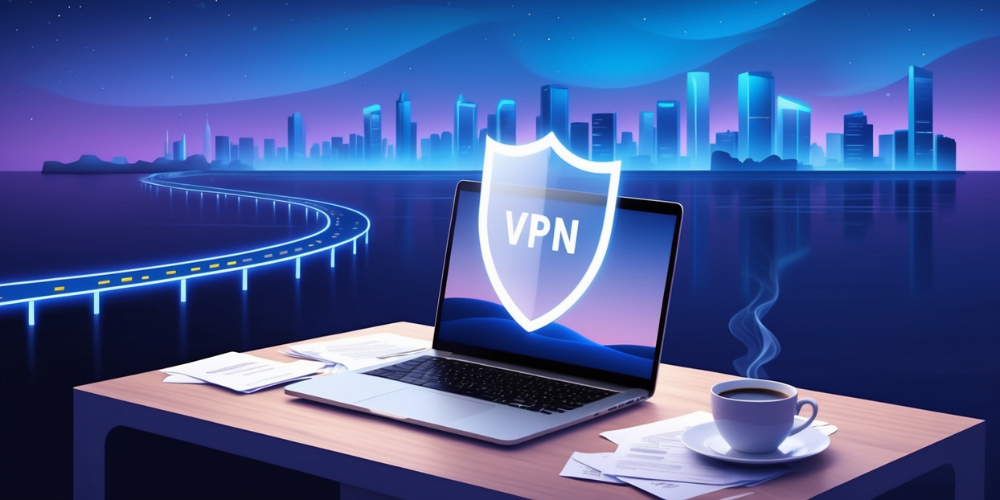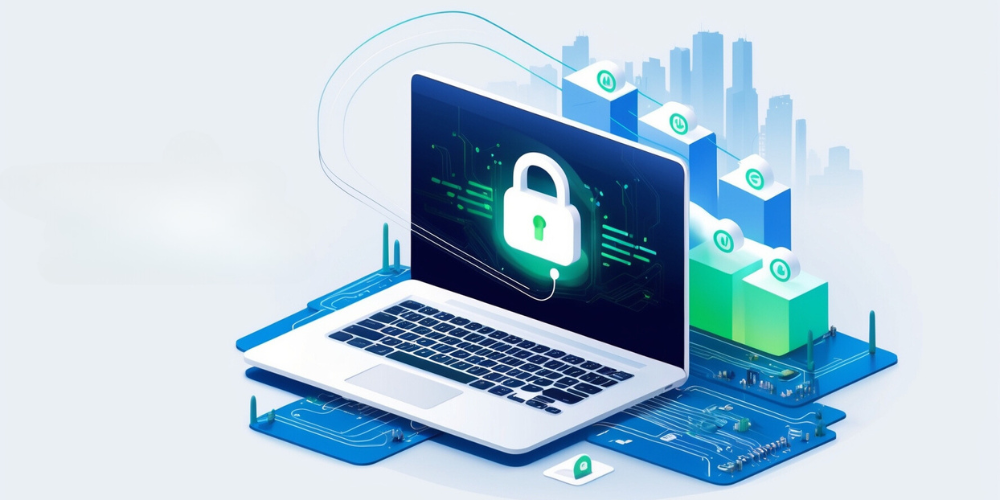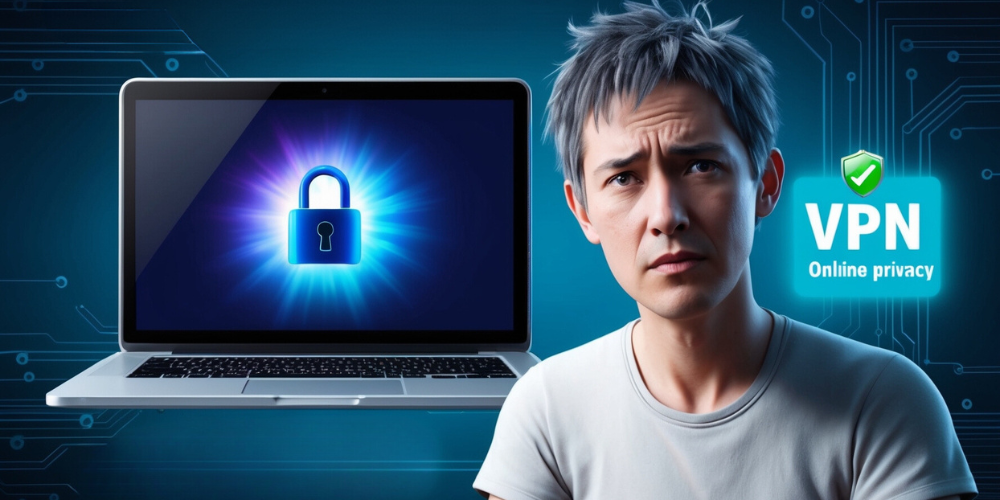Setting Up and Using a VPN: Your Roadmap to Online Privacy
- Nov 18, 2024
- 843

Virtual Private Networks (VPNs) have become indispensable tools in the fight for digital privacy and security. In an age where internet surveillance and cyber threats are ever-growing, adopting a VPN offers a robust line of defense.
Understanding the Importance of a VPN
Before delving into the setup process, it's imperative to comprehend why VPNs are crucial in today's digital landscape. The primary function of a VPN is to funnel your internet traffic through an encrypted tunnel, concealing your activities from prying eyes. This not only maintains your privacy but also fortifies your data against hacker intrusions. As global internet usage climbs, so does the potential for exploitation, making VPNs a necessary safeguard against not just cybercriminals but also data-hungry ISPs and eavesdropping entities.

Moreover, VPNs allow users to circumvent geo-restrictions, granting access to region-specific content otherwise restricted in their area. This feature has amplified VPN adoption, especially with streaming services and country-specific online content becoming increasingly popular.
Steps to Set Up a VPN on Your Devices
Setting up a VPN can vary depending on the device you’re using, yet the core steps remain fundamentally the same. Here's a structured approach for different devices:
- Choose a Reputable VPN Provider: Begin by selecting a provider known for strong encryption standards and no-log policies. Research and comparison may help here, ensuring you pick a reliable service.
- Follow Device-Specific Procedures:
- For Desktop Computers: Download the VPN software from your provider's official website. During installation, you'll often need to enter your login credentials and, sometimes, session keys or certificates for authentication.
- For Mobile Devices: Whether it’s an Android or iOS system, VPN apps are available on respective stores such as Google Play and Apple’s App Store. Once installed, configure it by logging into your account.
- For Routers: This involves a bit more technical effort. Configure your router by using the instructions usually provided by your VPN service. This allows every device connected to your network to benefit from the VPN.
- Establishing the VPN Connection: Once the software is set up, connect to a VPN server of your choice. This often includes toggling an on/off switch in the app or choosing your desired country to mask your IP identity.
- Perform Routine Security Checks: Regularly verify that your IP is concealed by conducting IP leak tests through online tools to ensure the VPN is functioning as expected.
Maximizing VPN Features for Secure Browsing

Once your VPN is up and running, it’s time to optimize its features for enhanced security. Here are some tips to help you maximize your VPN usage:
- Automatic Connection: Ensure that your VPN connects automatically whenever you power up your device. This guarantees that you're always securing your traffic whenever you are online.
- Server Choices: Experiment with different servers to understand which offers the best speed and stability. This can be crucial if you’re experiencing lags or dropped connections.
- Multi-device Capability: Use a VPN that allows multiple device connections simultaneously. Often, premium services will support a wide range of devices under a single account, offering comprehensive coverage.
- Understand Limitations: Despite its benefits, a VPN does not replace antivirus software. It cannot protect against malware or viruses. Always pair it with a reliable antivirus solution for full-spectrum protection.
Troubleshooting Common VPN Issues
Encountering hurdles while using a VPN is not uncommon. Luckily, addressing them is often straightforward. Below are solutions to typical issues:
- Slow Connection Speeds: This problem is sometimes due to the server location—further servers equate to slower speeds. Switching to a server closer to your physical location can alleviate this issue.
- Connection Drops: If your VPN frequently disconnects, check your internet speed and stability. Establish a direct connection to your router to remove any weak links in your wireless connection.
- Access Denied Messages: Sometimes, websites identify VPN traffic and block access. Switching to another VPN server or using a feature like split tunneling, where only part of your data goes through the VPN, might resolve these blocks.
VPN Best Practices: Navigating With Confidence

Empowering yourself with a VPN isn’t just about installation; it involves best practices in digital behavior:
- Avoid Free VPNs: Free VPN services often trade your data for revenue, compromising on crucial no-log policies. Invest in a paid, reputable service for your privacy.
- Regularly Update Software: VPNs are continually developed to counteract emerging threats. Keeping your software updated is essential in maintaining its efficacy.
- Be Conscious of Data Usage: Overusing VPNs can slow down your internet speed due to encryption overhead. Monitor usage, especially when streaming or downloading large files.
In conclusion, establishing and utilizing a VPN involves understanding its importance, setting up your devices, maximizing features, troubleshooting common issues, and following best practices. With the digital landscape's intricate networks and threats, a VPN serves as a valuable contribution to privacy preservation and data security. Choose a dependable service, acquaint yourself with the operational steps, and navigate the web with fortified confidence.